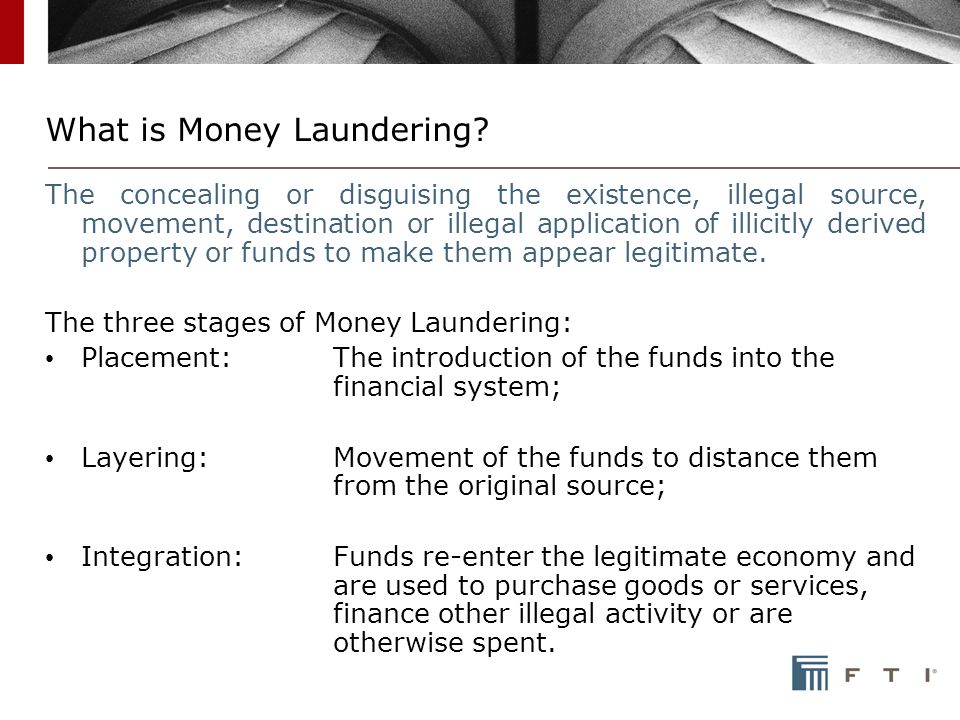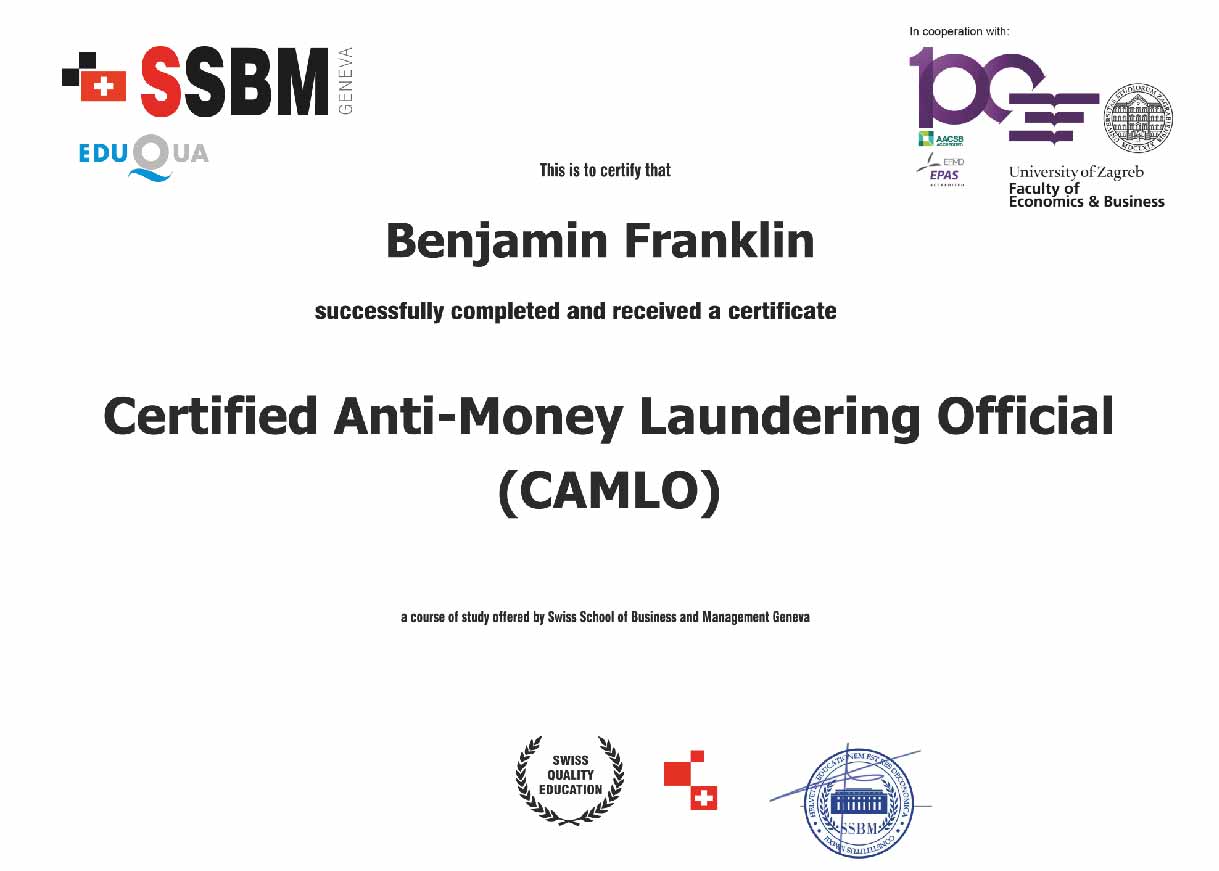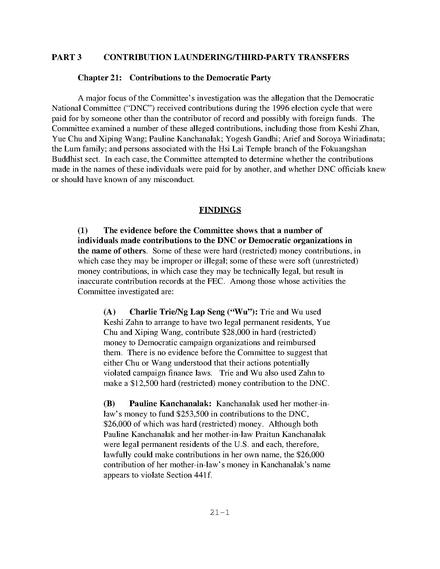19++ What are the components of a formal anti money laundering program info
Home » money laundering idea » 19++ What are the components of a formal anti money laundering program infoYour What are the components of a formal anti money laundering program images are ready. What are the components of a formal anti money laundering program are a topic that is being searched for and liked by netizens now. You can Get the What are the components of a formal anti money laundering program files here. Get all free photos and vectors.
If you’re searching for what are the components of a formal anti money laundering program images information related to the what are the components of a formal anti money laundering program interest, you have come to the right blog. Our website always gives you hints for viewing the highest quality video and image content, please kindly search and locate more enlightening video content and images that fit your interests.
What Are The Components Of A Formal Anti Money Laundering Program. The anti-money laundering program must also include a designated compliance officer an ongoing training program and an independent audit function. 2 appointment of a designated compliance officer to oversee the programs day-to-day operations. Title III of the Patriot Act requires that all financial institutions set up anti-money laundering programs that have a designated compliance officer continuing training auditing and customer. We have condensed the most relevant anti-money laundering legislation and regulatory boards recommendations into 6 key components.
 Pdf Anti Money Laundering Regulations And Its Effectiveness From researchgate.net
Pdf Anti Money Laundering Regulations And Its Effectiveness From researchgate.net
A Office foreign asset control OFAC B securities and exchange commission SEC C international monetary fund IMF D financial action task force on money laundering FATF The banks secrecy act requires financial institutions to file reports for currency transactions greater than. Broker-dealers in securities currently are subject to an independent anti-money laundering program obligation under our regulations 31 CFR 103120. Customer ID and verification basics have already been a part of an anti-money laundering program under the CIP rules so there is very little that is new in that aspect. 1 internal policies procedures and controls reasonably designed to assure compliance with the Bank Secrecy Act and implementing regulations. All of the following are essential components of a formal anti-money laundering program under the USA PATRIOT Act employee training program independent audit function internal compliance officer YOU MIGHT ALSO LIKE. These cover how you can successfully carry out your AML obligations.
The compliance officer may be an individual or a committee.
In practice an AML compliance program should ensure that an institution is able to detect suspicious activities associated with money laundering including tax evasion fraud and terrorist financing and report them to the appropriate authorities. 1 internal policies procedures and controls reasonably designed to assure compliance with the Bank Secrecy Act and implementing regulations. We have condensed the most relevant anti-money laundering legislation and regulatory boards recommendations into 6 key components. The AML program of a covered insurance company however must encompass the activities of its agents or brokers that sell its covered products. The compliance officer may be an individual or a committee. 2 appointment of a designated compliance officer to oversee the programs day-to-day operations.
 Source: semanticscholar.org
Source: semanticscholar.org
Built-in internal operations user-processing policies accounts monitoring and detection and reporting of money laundering incidents. We have condensed the most relevant anti-money laundering legislation and regulatory boards recommendations into 6 key components. 1 written policies and procedures. For years financial institutions have operated under the maxim that an effective anti-money laundering and Bank Secrecy Act compliance program collectively AML rests upon four pillars. All of the following are essential components of a formal anti-money laundering program under the USA PATRIOT Act employee training program independent audit function internal compliance officer YOU MIGHT ALSO LIKE.
 Source: academia.edu
Source: academia.edu
3 an ongoing training program. An Anti-Money Laundering compliance program combines everything a company does to meet the compliance norms. Title III of the Patriot Act requires that all financial institutions set up anti-money laundering programs that have a designated compliance officer continuing training auditing and customer. Internal policies procedures and controls reasonably designed to assure compliance with the Bank Secrecy Act and implementing regulations. In practice an AML compliance program should ensure that an institution is able to detect suspicious activities associated with money laundering including tax evasion fraud and terrorist financing and report them to the appropriate authorities.
 Source: researchgate.net
Source: researchgate.net
We have condensed the most relevant anti-money laundering legislation and regulatory boards recommendations into 6 key components. Because insurance agents and brokers are an integral part of the insurance industry due to their direct contact with customers the final rule requires each insurance company to establish and implement policies procedures and internal controls that are reasonably designed to integrate its agents and brokers into its anti-money laundering program. Financial institutions are mandated to create and execute written policies and procedures to ID. These cover how you can successfully carry out your AML obligations. 1 internal policies procedures and controls reasonably designed to assure compliance with the Bank Secrecy Act and implementing regulations.
 Source: slideplayer.com
Source: slideplayer.com
The compliance officer may be an individual or a committee. 2 a designated AML compliance officer. We have condensed the most relevant anti-money laundering legislation and regulatory boards recommendations into 6 key components. The main components that must be included are. Title III of the Patriot Act requires that all financial institutions set up anti-money laundering programs that have a designated compliance officer continuing training auditing and customer.
 Source: tookitaki.ai
Source: tookitaki.ai
3 an ongoing training program. Appointment of a designated compliance officer to oversee the programs day-to-day operations. 3 an ongoing training program. 1 internal policies procedures and controls reasonably designed to assure compliance with the Bank Secrecy Act and implementing regulations. The compliance officer may be an individual or a committee.
 Source: researchgate.net
Source: researchgate.net
The AML program of a covered insurance company however must encompass the activities of its agents or brokers that sell its covered products. Title III of the Patriot Act requires that all financial institutions set up anti-money laundering programs that have a designated compliance officer continuing training auditing and customer. And 4 an independent audit. 3 an ongoing training program. Built-in internal operations user-processing policies accounts monitoring and detection and reporting of money laundering incidents.
 Source: researchgate.net
Source: researchgate.net
These cover how you can successfully carry out your AML obligations. An Anti-Money Laundering compliance program combines everything a company does to meet the compliance norms. Financial institutions are mandated to create and execute written policies and procedures to ID. Built-in internal operations user-processing policies accounts monitoring and detection and reporting of money laundering incidents. Therefore the insurance company would not be required to establish a separate anti-money laundering program in order to comply with the final rule as long as it has established an anti-money laundering program pursuant to that requirement and complies with the program.
 Source: researchgate.net
Source: researchgate.net
3 an ongoing training program. 2 appointment of a designated compliance officer to oversee the programs day-to-day operations. 1 written policies and procedures. 3 independent testing of. The main components that must be included are.
 Source: ssbm.ch
Source: ssbm.ch
The main components that must be included are. 3 independent testing of. These cover how you can successfully carry out your AML obligations. Financial institutions are mandated to create and execute written policies and procedures to ID. Internal policies procedures and controls reasonably designed to assure compliance with the Bank Secrecy Act and implementing regulations.
 Source: wikiwand.com
Source: wikiwand.com
An Anti-Money Laundering compliance program combines everything a company does to meet the compliance norms. 1 internal policies procedures and controls reasonably designed to assure compliance with the Bank Secrecy Act and implementing regulations. A Office foreign asset control OFAC B securities and exchange commission SEC C international monetary fund IMF D financial action task force on money laundering FATF The banks secrecy act requires financial institutions to file reports for currency transactions greater than. 3 an ongoing training program. Built-in internal operations user-processing policies accounts monitoring and detection and reporting of money laundering incidents.
 Source: researchgate.net
Source: researchgate.net
Built-in internal operations user-processing policies accounts monitoring and detection and reporting of money laundering incidents. 2 a designated AML compliance officer. We have condensed the most relevant anti-money laundering legislation and regulatory boards recommendations into 6 key components. An Anti-Money Laundering compliance program combines everything a company does to meet the compliance norms. The anti-money laundering program must also include a designated compliance officer an ongoing training program and an independent audit function.
 Source: slideplayer.com
Source: slideplayer.com
We have condensed the most relevant anti-money laundering legislation and regulatory boards recommendations into 6 key components. The main components that must be included are. We have condensed the most relevant anti-money laundering legislation and regulatory boards recommendations into 6 key components. Customer ID and verification basics have already been a part of an anti-money laundering program under the CIP rules so there is very little that is new in that aspect. The compliance officer may be an individual or a committee.
 Source: researchgate.net
Source: researchgate.net
Internal policies procedures and controls reasonably designed to assure compliance with the Bank Secrecy Act and implementing regulations. And 4 an independent audit. Beneficial ownership and ID is a new component and is the crux of the new ruling. A Office foreign asset control OFAC B securities and exchange commission SEC C international monetary fund IMF D financial action task force on money laundering FATF The banks secrecy act requires financial institutions to file reports for currency transactions greater than. The AML program of a covered insurance company however must encompass the activities of its agents or brokers that sell its covered products.
This site is an open community for users to do submittion their favorite wallpapers on the internet, all images or pictures in this website are for personal wallpaper use only, it is stricly prohibited to use this wallpaper for commercial purposes, if you are the author and find this image is shared without your permission, please kindly raise a DMCA report to Us.
If you find this site value, please support us by sharing this posts to your favorite social media accounts like Facebook, Instagram and so on or you can also bookmark this blog page with the title what are the components of a formal anti money laundering program by using Ctrl + D for devices a laptop with a Windows operating system or Command + D for laptops with an Apple operating system. If you use a smartphone, you can also use the drawer menu of the browser you are using. Whether it’s a Windows, Mac, iOS or Android operating system, you will still be able to bookmark this website.